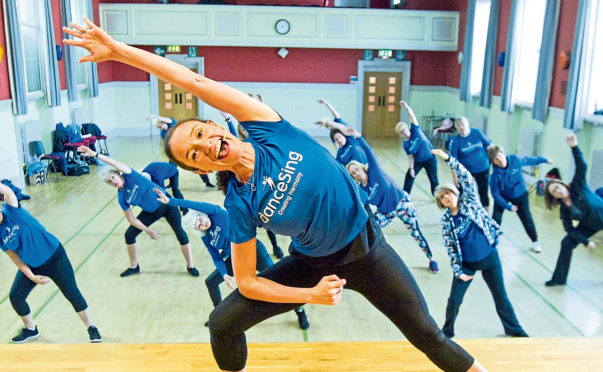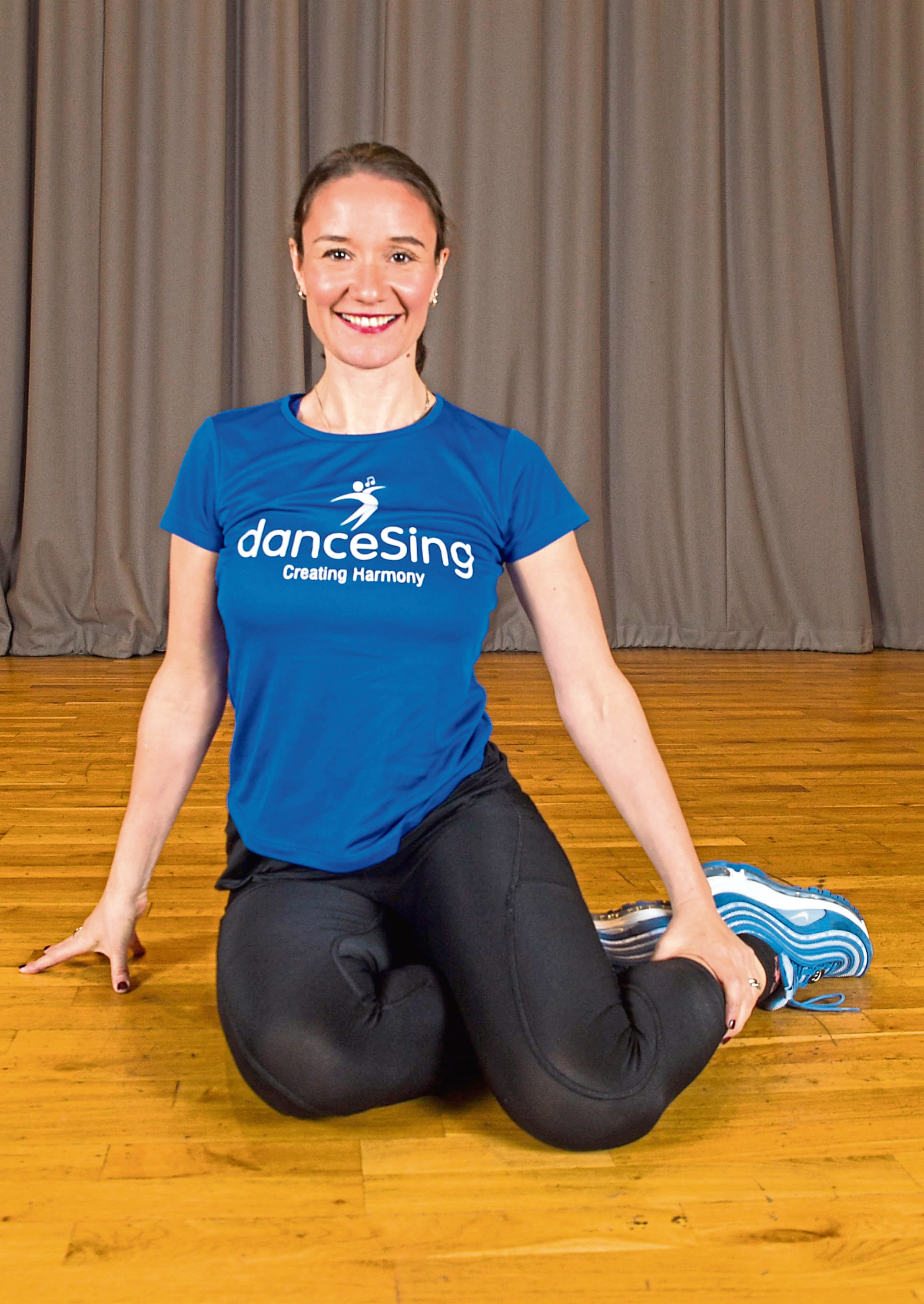
As a little girl, I always loved to dance.
I went to every after-school class imaginable, and I tried lots of different genres and styles, including traditional Highland dancing – of course, who didn’t when they were wee?
But unlike all the other toe-tapping toddlers lining up in the studio, it very quickly became clear I had a real talent for performance, and I started winning competitions and titles, which made my love grow even more.
I practiced lots of genres but it was ballet that took a leaping pirouette into my heart, a place it has stayed ever since.
I was so focused on learning every move, position and step – a real “bunhead” as we’re sometimes called – and was lucky enough to secure a place at the Dance School of Scotland in Glasgow.
I enrolled there full-time for my fifth year of high school and that’s when I really started thinking about pursing ballet as a career.
As the only fully-funded centre for dance and musical theatre in Scotland, I learned from some of the best dancers in the country, and when it was time to move on, the teachers helped me get a spot at the English National Ballet School.
There I was, a 17-year-old girl who grew up in a tiny town in West Dunbartonshire, embarking on a new life in London.
It was so exciting but, looking back now, I was still so young.
We trained really hard, at least 40 or 50 hours a week, and it wasn’t just dancing we had to focus on – we practiced Pilates, watched our weight and kept up our fitness, too.
If I’m honest it was pretty gruelling and I would probably liken it to being in the Army.
Not only is the work intense, but so many people would give anything to be in your place – there were only 14 of us and hundreds and hundreds of people would apply to get in.

The instructors never let us forget there were always another few hundred who would take our place in a heartbeat.
When I finished my training, I went on to dance with Scottish Ballet for a season, during which time we performed Romeo And Juliet.
I absolutely loved being on stage and it was great to be part of a touring company, but when the season was over, I didn’t really get the chance to perform very often.
After spending half my life dedicated to ballet, I was an out of work dancer.
It was around this time a friend of mine suggested I channel my skills into something new, so I decided to study for a fitness qualification.
I never meant to stop dancing – it was only another string to my bow, something to do in-between gigs that wasn’t working in a bar.
But teaching those first fitness classes was a real turning point.
I was a natural teacher and everything seemed to fit together perfectly. It wasn’t long before all the top health clubs in the city started hiring me to lead classes.
In 1995, still in my 20s, I decided to leave London and move back home.
It was just the right time for me and, although it was a big decision, I didn’t regret it for a second.
After my move I kept teaching fitness classes, including heading up the programme at the Gleneagles Hotel for 20 years and returning to Scottish Ballet to teach the junior associate programme.
And I got married and had my four children, who are now aged 19, 17, 13 and nine.
When my youngest went to school, I decided to join a choir.
Just like when I first started teaching fitness classes, it was only meant to be a fun thing to do.
But I quickly started to see how the positive impact of singing was similar to dancing. And that’s when danceSing was born.
Focusing on mental and physical health, danceSing classes comprise 45 minutes of choir singing, followed by 45 minutes of dance fitness, and are suitable for all levels of experience – no audition necessary.
We don’t read music, we learn by ear, and you don’t need to be a singer!
Despite only launching three years ago, we now have 11 team members delivering classes around the central belt, and we plan to secure ten more sites and grow our membership to 600 by the end of the year.
I often joke that I’ve created the perfect job for myself, but it really is amazing to be able to sing, dance, choreograph routines, and help create harmony in people’s lives.
I’d be lying if I said it wasn’t heartbreaking to stop dancing, but I feel all my paths have led to this point.
I have rediscovered the joy and love of dance – and being able to bring that to other people is amazing.
For more, see dance-sing.uk
As told to Alice Hinds

Enjoy the convenience of having The Sunday Post delivered as a digital ePaper straight to your smartphone, tablet or computer.
Subscribe for only £5.49 a month and enjoy all the benefits of the printed paper as a digital replica.
Subscribe